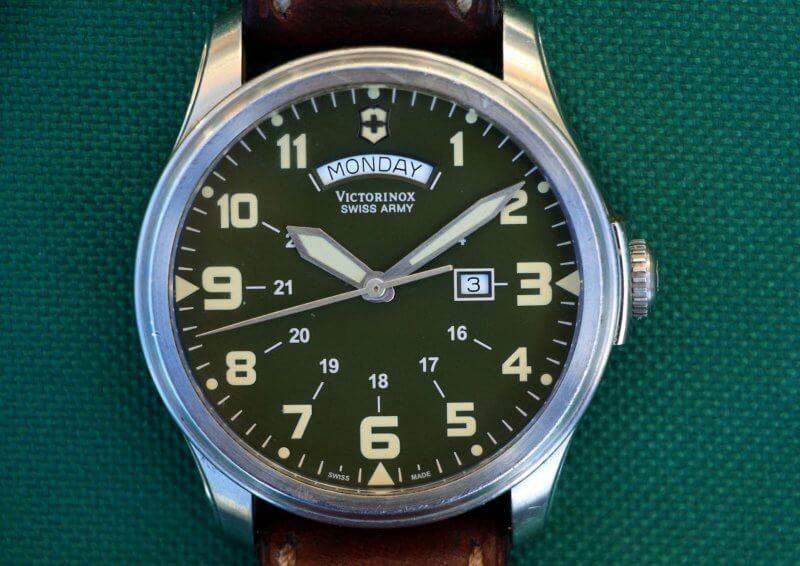Three activities that worked very well this week
In this post, I would like to share three activities that stood out in my teaching this week. They worked very well and I think that my students learned a lot from them. I hope you will find them useful and entertaining, too.
The first activity is a speaking activity where students use relative clauses. I used this activity with my teen students who are at pre-intermediate level and they liked it and they produced a lot of English.
ADVERT:
[showmyads]
The second activity is a vocabulary revision activity. I used it with my third and fourth year and I was glad that I could revise all the vocabulary and grammar in a way that the students enjoyed.
The third activity helped my fifth-year students learn how to tell time in English.
Relative Clauses – Speaking
If I try to solve the problem by giving them some time to prepare, they get easily distracted and the results are poor.
Knowing all of this I came up with a different kind of preparation this time. I created the following worksheet.
As you can see there are sentences and students should fill them in with the information which is true for them. The students provide just the information and the worksheet provides the language which should be practised.
It took about ten minutes for the students to complete the worksheet. When they finished I asked them to work in pairs. In their pairs they read their sentences to their partners.
Then they changed partners and read their texts again. When they finished I asked them to throw the worksheets away. I changed the pairs again but this time I had written the following on the board:
- MUSIC +-
- TV PROGRAMMES +-
- PEOPLE +-
- ANIMALS +-
- ACTIVITIES +-
Now the students had to speak about these things but without the worksheets. And the did. And surprisingly they used language which was very similar to the one they had been used in the worksheet.
The whole activity took about 35 minutes and the students used and produced a lot of English and used the relative clauses. It made me really happy.
Vocabulary revision
That is why I decided to concentrate on revising this year. I try to devise activities my students would enjoy doing repeatedly. The following activity is very simple and it worked with Years 3 and 4.
It is very simple. Seat students in pairs. Play the following video and one student asks: “What´s this?” and the other answers “It´s a …” and the thing they see in the video. Once the video starts to flash, a new picture will appear soon.
Each picture is shown for ten seconds, however, it is no problem to play the video faster. Just go to the settings in the lower right corner and set the speed to a higher number.
It is a good idea to revise first with the whole class. Just play the video and ask the question “What´s this?” yourself. The students answer and as each picture lasts 10 seconds you have ample time to correct the students and help them if necessary.
Telling time
However, these activities work only as long as we use digital time. At the moment the students see a watch with hands, they are lost.
I spent a lot of time wondering whether there is a way to help my students with the hands. And then I realised that the language is not arbitrary. It reflects reality. Look at the pictures below.
The hands clearly show what words people should use. The big hand shows what words we should say at the beginning (you need to learn the phrases from the infographic at TELLING TIME). And the small hand tells us the hour. We use the number the small hand is closer to.
See the examples below.


And to practise telling the time in English, I created the following video. Play the video and students tell the time. The correct answer appears after seven seconds.
The End
You can find some more useful activities at the British Council site.







Wonderful activities definitely it will help us in the classroom.
Thank you